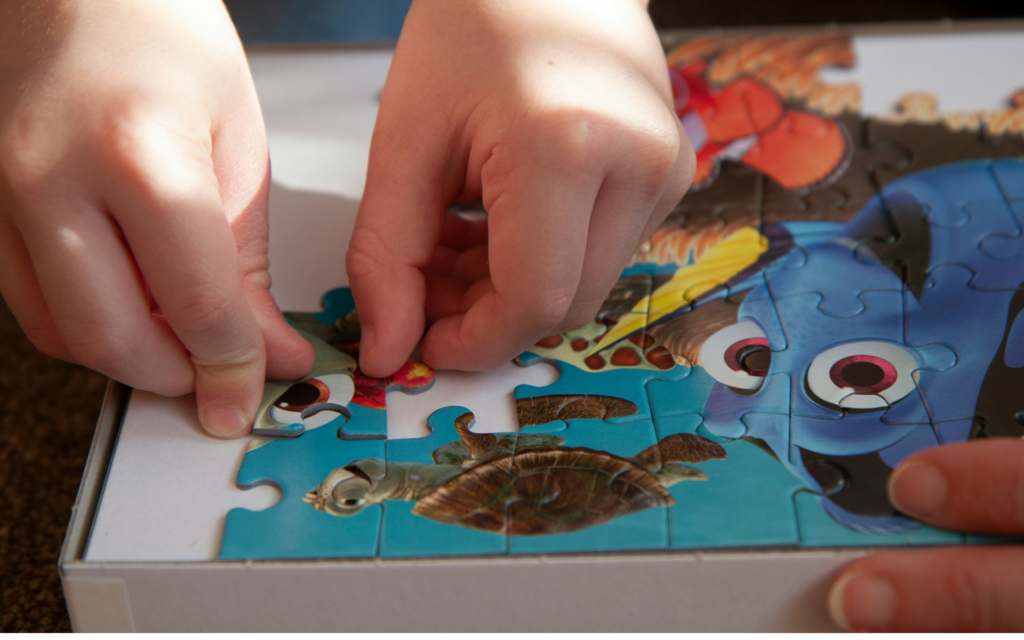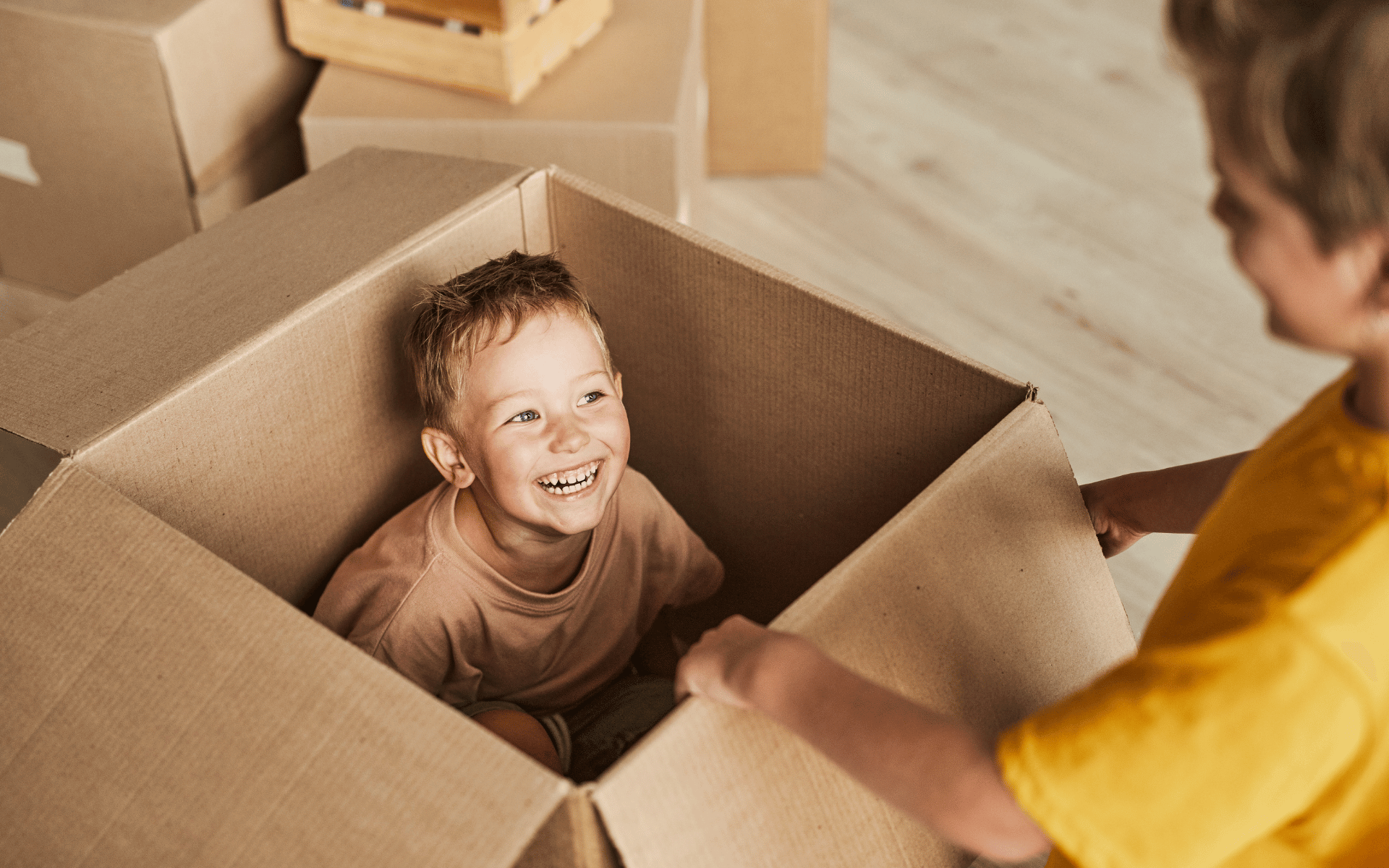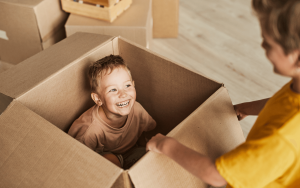 Community
Community
07 Jan 2025
Simple habits for a healthy home life in 2025
In 2025, cultivating a healthy home life starts with sm…

Community
Moving to a new home can be exciting and full of new possibilities, but it’s important to remember that it can also be stressful, particularly for children. Parents are right to worry about how their kids will handle the move, especially if they’re already introverted or anxious. To make things easier, it’s crucial to involve your children in the moving process from the start, listen to their worries and take steps to alleviate their concerns. No matter how old your kids are, at Charles David Casson we have found that taking these steps can help them feel more comfortable with the move and adjust to their new surroundings more easily.
When it comes to discussing a move with your child, the amount of information and the language used should depend on their age. However, it is always helpful to clarify some key details, such as when the move will take place, why you are moving, who and what will be moving, and exciting details about your new home.
Firstly, it is important to clearly state when the move will happen. If it’s soon, explain it in a way that your child can understand, such as, “it’s happening in 10 sleeps”, “at the end of your school year”, or remind them of a past event that happened a similar number of weeks ago. This will help your child grasp when this change will occur.

Find and share the most positive reason for the move. For instance, if you’re moving for a job relocation, share the name of your new company, your new role and the positive impact it will have on your family. Or maybe you’re moving to be closer to relatives or excited to have a larger house or access to a desirable school.
Your child needs to know who and what will be moving with you. Be candid about which family members are participating in the move. Additionally, let your child know that apart from the walls, floors, appliances and yard, all their toys, bed, favourite stuffed animal and art supplies are also coming with you.
Allow your child time to ask questions. Answering their questions can create more context and connection. They may be angry, so try to be patient while listening to their concerns and validating them. It may take up to a year before they feel comfortable with the move, but helping them adjust in the long run will make a world of difference.

Moving with children can be an exciting and challenging time, but involving them in the process can make it easier. One way to do this is by delegating packing tasks to each family member or competing as a team to pack full rooms. This can be made more enjoyable by turning up the music, dancing while packing or just keeping a positive and energetic atmosphere. For younger children, a temporary box can make them feel useful, even if they cannot effectively pack.
Stocking up on supplies like boxes, tape and markers is necessary, but adding items like stickers, paint pens and a labelling machine can make packing more enjoyable for kids. They can use these items to decorate, colour-code or label the contents of boxes. Pausing to take breaks from packing and building box forts or playing hide-n-seek can make the process more enjoyable for the whole family.

Making memories of your previous home is important. Capturing family photos from around the house can make for silly or heartwarming keepsakes. Children can be given the chance to make decisions about items to donate, sell, store or move. Encourage them to have ideas about packing strategies, decor changes or parting gifts for the neighbours.
Visiting the new home before moving day is a great way to familiarise the children with their new community. Scheduling a viewing and meeting the neighbours, or checking out the local attractions or schools can be exciting. Letting the children decide on the paint colour and decoration for their new room gives them something to look forward to.
For older children, researching local interests can help them make new friends and be excited about the move. For younger kids, group activities like sports, dance, science classes or day camps can also be a great way to make new friends and meet other families right away.
Moving house can be an emotional time for children. To alleviate your children’s anxiety during a move, maintain familiar routines leading up to the move and re-establish them in your new home. Keep to their sleep schedules, meal times and bedtimes as much as possible. Pack their toys and special spaces last to preserve a sense of familiarity until the very end.
Saying goodbye is essential for closure. Allow your child to exchange contact information with friends and neighbours and make plans to meet up soon. Walk through each room of your old house with your child, saying thank you and goodbye, and take a keepsake like a doorknob or growth chart. You could also plant a tree at your new home in memory of your former one.

Encourage open communication with your child, so they can express any anxieties or fears they may have, reassure them that it’s normal to feel a mix of emotions and that their feelings are valid. Be patient and provide extra support and attention during this transition, and help your child cope with their emotions. By doing this, you can make the move a smoother and more positive experience for the whole family.
Relocating can be a challenging process for children, with varying degrees of difficulty depending on the individual. It can prove particularly unsettling for older children who have formed close friendships and established independent routines, making the transition more disruptive. The more you can do to include your children in all areas of the process, the more you can reduce many fears and also create excitement for their new home.
For more ideas on how to have a smooth transition, contact our team today on 01245 835859.
Lets get started! Our valuations are based on our extensive knowledge of the whole of the market.
Get a valuation